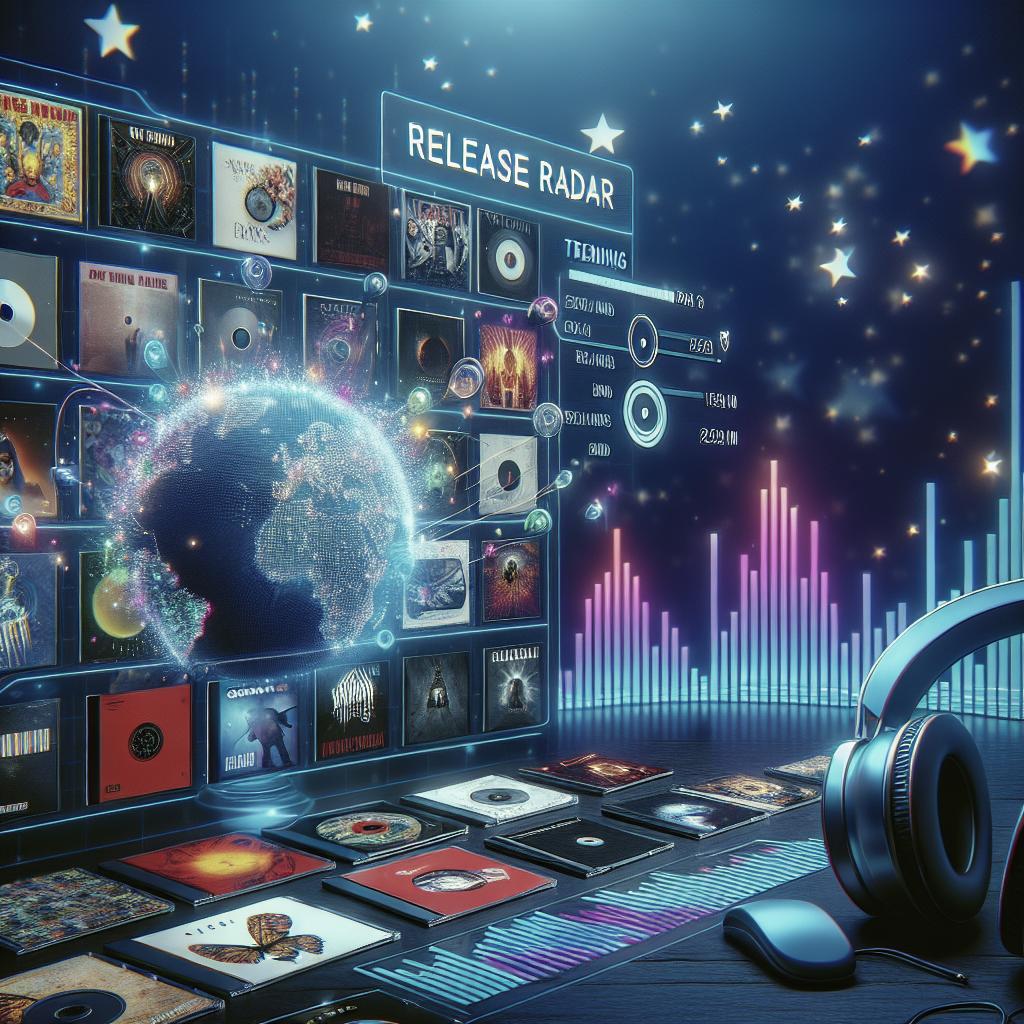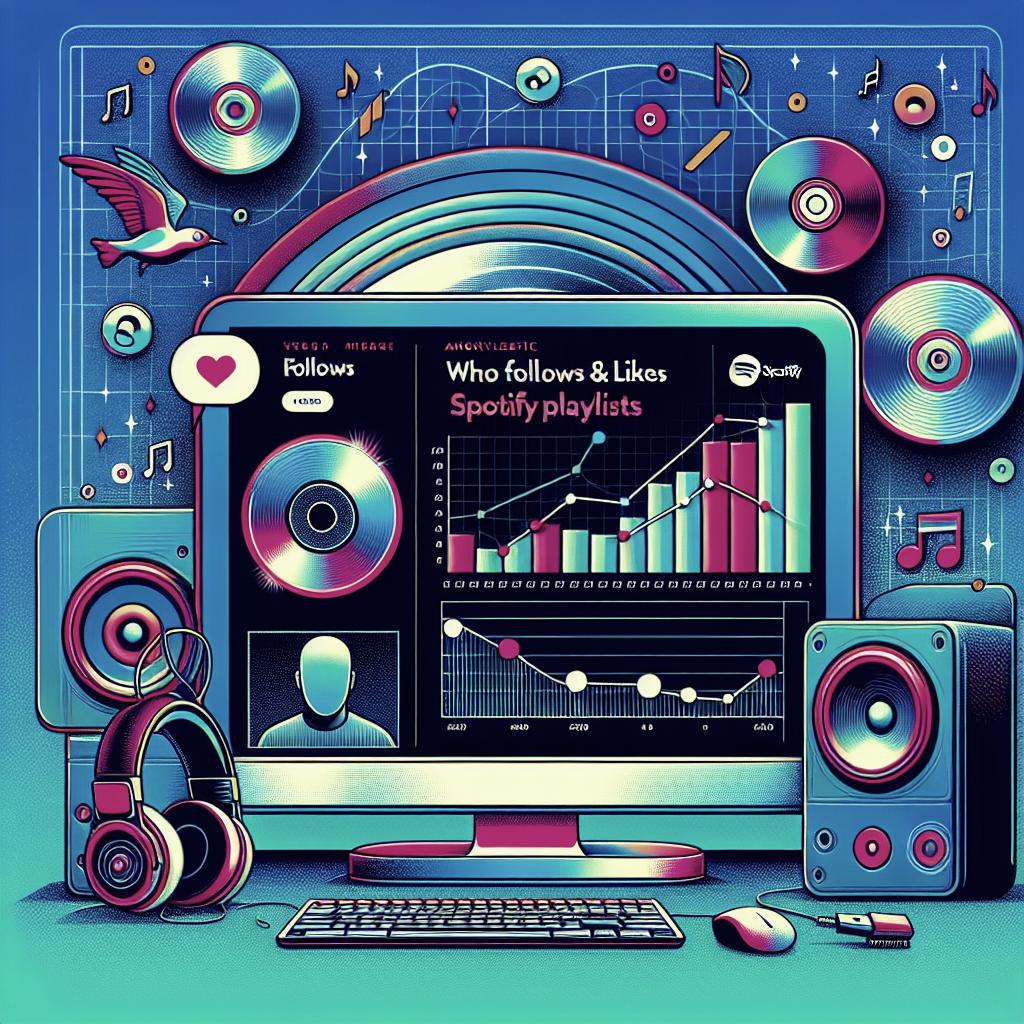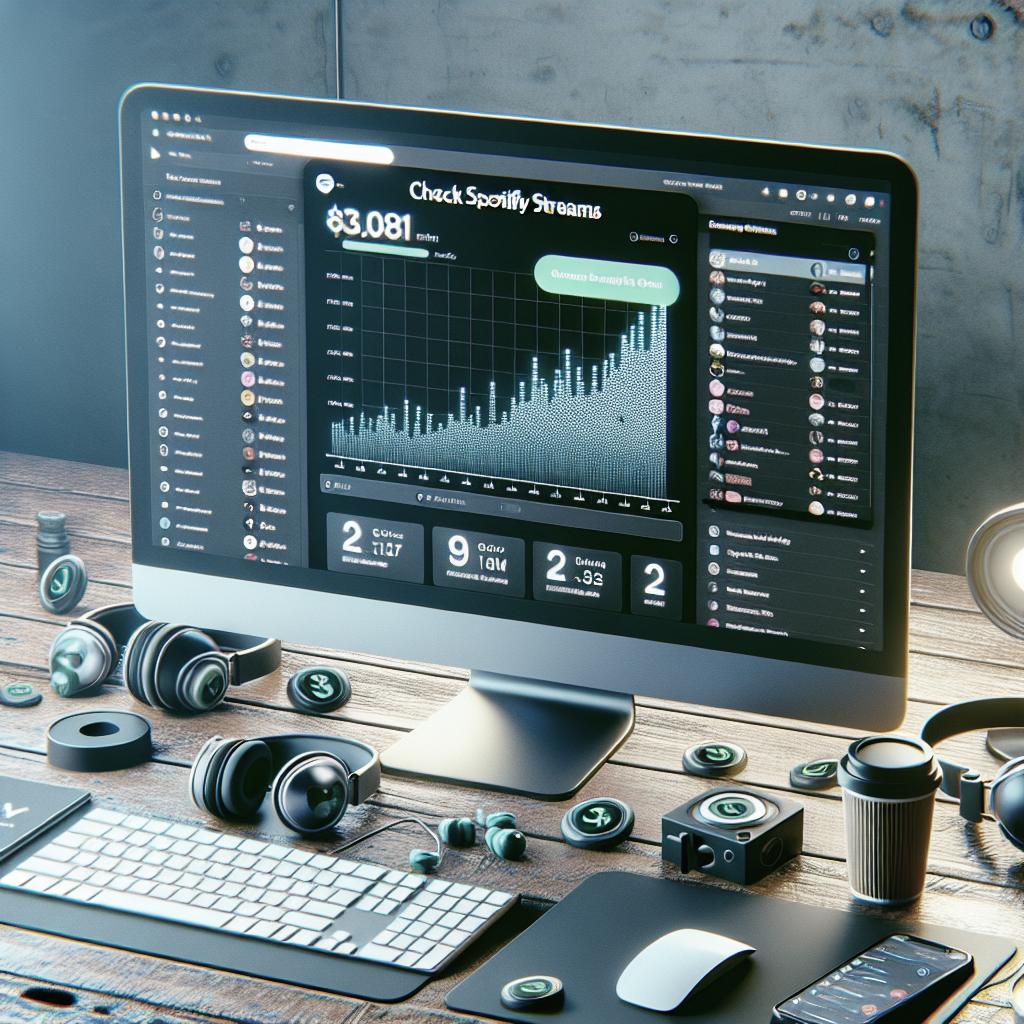1. Getting Your Music on Release Radar
1.1 Pitch Your Track on Spotify for Artists
For unsigned artists and independent musicians, Spotify for Artists is an invaluable tool. The first step in getting your music on Release Radar is to pitch your track using this platform. Make sure you have a verified profile and access to Spotify for Artists to utilize its full potential. In the track submission process, fill out all required fields, including the genre, mood, and other relevant information that will help curators find and classify your music. Utilize the opportunity to write a compelling pitch about why your song should be added to Release Radar playlists. Highlight aspects like unique sound, relevant trends, or notable collaborations to captivate the curators. The more precise and engaging your pitch, the higher the chances your music gets noticed.
1.2 When Should You Pitch Your Song
Timing is critical when it comes to pitching your music. Aim to submit your track at least four weeks before the release date to give Spotify’s editorial team ample time to review it. This not only increases your chances for Release Radar but can also open doors to other playlists. Releasing your track on a Friday is a good strategy, as it aligns with the day most new music is released worldwide. This allows for synchronization with various editorial playlists, potentially amplifying your chances of wider exposure from day one.
1.3 The Quality of Your Song
Regardless of how compelling your pitch might be, the quality of your song will ultimately determine its success. Make sure your track is professionally recorded, mixed, and mastered. High-quality music not only stands out but also meets the standards of any playlist curators. Listeners gravitate towards songs that provide a polished experience. Therefore, investing in proper production isn’t just an option; it’s a necessity. Consider feedback from industry professionals and utilize any resources at your disposal to fine-tune your music to perfection.
1.4 Promote Your Song on Other Platforms
Even with the perfect pitch, it’s essential to create buzz around your release on other platforms. Use social media, your website, and other music-sharing platforms to generate initial traction. Platforms like Instagram, TikTok, and YouTube are fantastic for teasers, behind-the-scenes content, and engaging directly with fans. Collaborate with influencers, bloggers, and other artists to amplify your song’s reach. By fostering a multi-channel promotional strategy, you create a snowball effect that could catch the attention of Spotify’s algorithms and curators, giving your song an extra push towards Release Radar.
2. Pitching Your Song for Release Radar
Pitching your song for Release Radar requires a strategic approach. Understand your target audience and tailor your pitch accordingly. Detailed metadata, accurate genre classification, and relevant tags are crucial elements. Nothing should be left to chance; each detail must serve to make your song discoverable and appealing to the right audience. A well-structured pitch also includes storytelling. Why did you create this song? What inspiration lies behind it? Personal anecdotes can humanize your music, making it more relatable to curators and listeners alike. Remember, playlist curators listen to countless songs, so a unique story can make your track memorable.
3. Using Groover to Stand Out
Groover offers a platform where artists can get their work in front of music influencers, bloggers, and playlist curators. Unlike traditional methods, Groover provides feedback and a straightforward way to connect with industry professionals. This can be particularly beneficial for emerging artists looking to break through the noise. Engaging with Groover allows for targeted pitches, so your music gets presented to the right people. Curators are often more responsive because Groover ensures they are compensated for their time. Using Groover as part of a comprehensive strategy can significantly boost your music’s chances of making it onto Release Radar.
BOOST YOUR MUSIC RELEASE ON SOCIAL MEDIA: 5 TIPS
Social media is an indispensable tool for promoting your music. Here are five tips to make your release stand out: 1. Create teaser content: Use short clips and intriguing captions to build anticipation. 2. Engage with your audience: Respond to comments, share fan content, and create interactive posts. 3. Collaborate with influencers: Partner with social media influencers who can share your music with their followers. 4. Use hashtags strategically: Research and use appropriate hashtags to reach a broader audience. 5. Schedule consistent posts: Maintain a posting schedule to keep your audience engaged and informed.
How to Set Realistic Goals to Promote Your Music
Setting achievable goals is critical for any music promotion campaign. Start small with attainable targets like increasing your follower count or securing playlist features. Gradually work towards larger milestones like chart placements or media coverage. This approach keeps your efforts focused and manageable, providing clarity on the effectiveness of your promotional strategies.
7 tips to use Clubhouse as an artist
Clubhouse offers a unique platform for artists to connect, collaborate, and promote their music. Here are seven tips: 1. Join music-related rooms: Participate in discussions to gain insights and network. 2. Host your room: Share your journey and new releases to attract listeners. 3. Collaborate with other artists: Find potential collaborators through meaningful conversations. 4. Engage authentically: Be genuine and avoid overt self-promotion. 5. Share knowledge: Offer valuable insights to establish yourself as an industry thought leader. 6. Promote sessions: Use other social media to publicize your Clubhouse talks. 7. Gather feedback: Use listener feedback for improvement.
How to set up Ableton for live performance
Setting up Ableton for live performance can elevate your shows. Start by organizing your tracks into easily navigable sections. Use Ableton’s session view to trigger clips and scenes seamlessly. Map MIDI controllers to essential functions to enhance performance fluidity. Finally, rehearse consistently to become comfortable with your setup and ensure smooth execution during live shows.
Social Media Content Creation Strategies for Independent Music Artists
Content creation for social media should showcase your personality and artistry. Focus on diverse content types: behind-the-scenes footage, live performance clips, fan interactions, and music-making processes. Use stories, reels, and posts to maintain engagement. Consistency and authenticity can help build a loyal follower base that eagerly anticipates your new releases.
The 7 Best Music Industry Books You Need to Read
Reading about the music industry can provide invaluable knowledge. Here are seven must-reads: 1. “All You Need to Know About the Music Business” by Donald S. Passman 2. “How Music Works” by David Byrne 3. “The Musician’s Way” by Gerald Klickstein 4. “Hit Men” by Fredric Dannen 5. “The Indie Band Survival Guide” by Randy Chertkow and Jason Feehan 6. “This Business of Music” by M. William Krasilovsky 7. “How to Make It in the New Music Business” by Ari Herstand
5 essential tips to press your vinyl records
Pressing vinyl records involves several key steps. First, choose a reputable pressing plant. Second, ensure your audio files are mastered for vinyl. Third, design eye-catching artwork and labels. Fourth, decide on the number of copies; this affects the cost and rarity of your vinyl. Finally, market your vinyl release effectively to generate interest.
What is allowed under copyright law when it comes to sampling?
Copyright law surrounding sampling can be complex. Generally, you need to obtain a license to use another artist’s work in your music. Unauthorized sampling can lead to legal issues. Always consult with legal professionals and educate yourself about copyright laws to ensure your samples are used legally and ethically.
Waterfall Strategy: How to Release Singles Using the Waterfall Method
The waterfall strategy involves releasing singles from an album sequentially, adding previously released tracks to streaming platforms with each new single. This method keeps listeners engaged and gradually builds momentum for the full album release. It encourages repeated streams and can enhance your streaming numbers over time.
What is Tencent music and how can you utilize it as an artist?
Tencent Music is a leading Chinese music streaming service that offers vast opportunities for artists looking to enter the Asian market. To utilize it, release your music through global distributors that have partnerships with Tencent. Engage with local audiences by translating your content and participating in Tencent’s social features to broaden your reach.
Laisse un Commentaire Cancel Reply
Reader engagement is crucial. Encourage your audience to leave comments and share their thoughts. Responding to comments shows that you value their input, fostering a community around your music. This interaction can provide useful feedback and keep your listeners connected and invested in your journey.
| Section | Content Highlights |
|---|---|
| Getting Your Music on Release Radar | – Pitch on Spotify for Artists – Submit well in advance – Ensure high-quality production – Promote across multiple platforms |
| Pitching Your Song for Release Radar | – Tailored and detailed pitches – Storytelling and unique angles |
| Using Groover to Stand Out | – Connect with industry professionals – Provide targeted pitches |
| BOOST YOUR MUSIC RELEASE ON SOCIAL MEDIA: 5 TIPS | – Teasers, engagement, influencer collaboration – Strategic hashtags |
| How to Set Realistic Goals to Promote Your Music | – Start with small, attainable goals – Gradually aim for larger milestones |
| 7 tips to use Clubhouse as an artist | – Join rooms, host, collaborate – Engage authentically |
| How to set up Ableton for live performance | – Organize and map tracks – Rehearse thoroughly |
| Social Media Content Creation Strategies for Independent Music Artists | – Diverse, consistent content – Showcasing personality and artwork |
| The 7 Best Music Industry Books You Need to Read | – Essential industry knowledge |
| 5 essential tips to press your vinyl records | – Choosing pressing plants – Mastering, artwork, marketing |
| What is allowed under copyright law when it comes to sampling? | – Licensing and legal issues |
| Waterfall Strategy: How to Release Singles Using the Waterfall Method | – Sequential single releases – Engagement and momentum building |
| What is Tencent music and how can you utilize it as an artist? | – Entering the Asian market – Engaging with local audiences |
| Laisse un Commentaire Cancel Reply | – Encourage comments – Value audience feedback |


